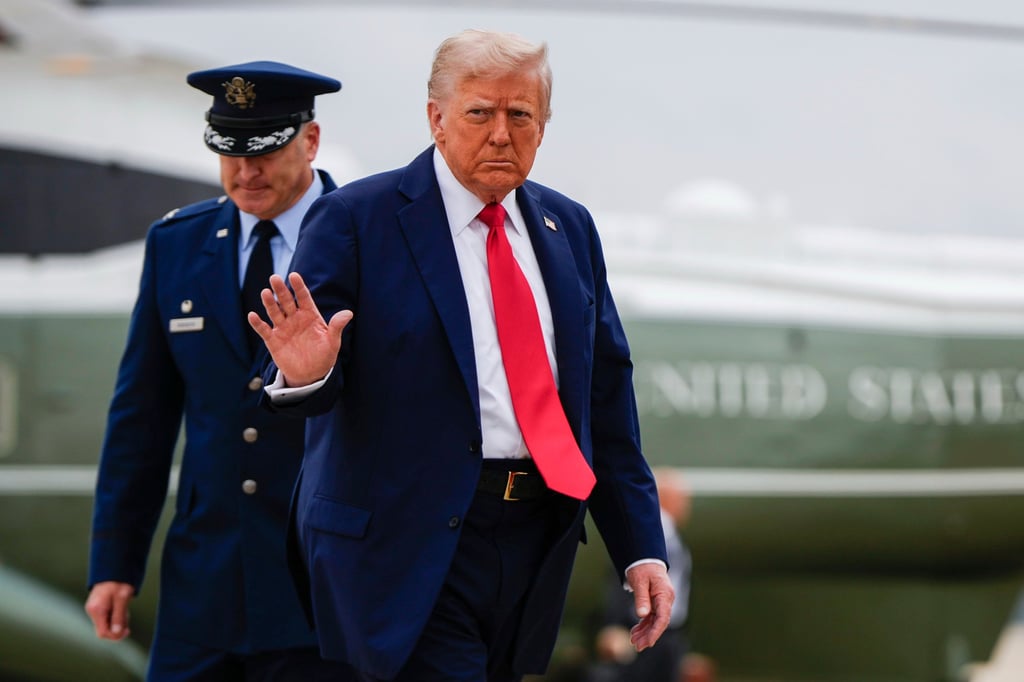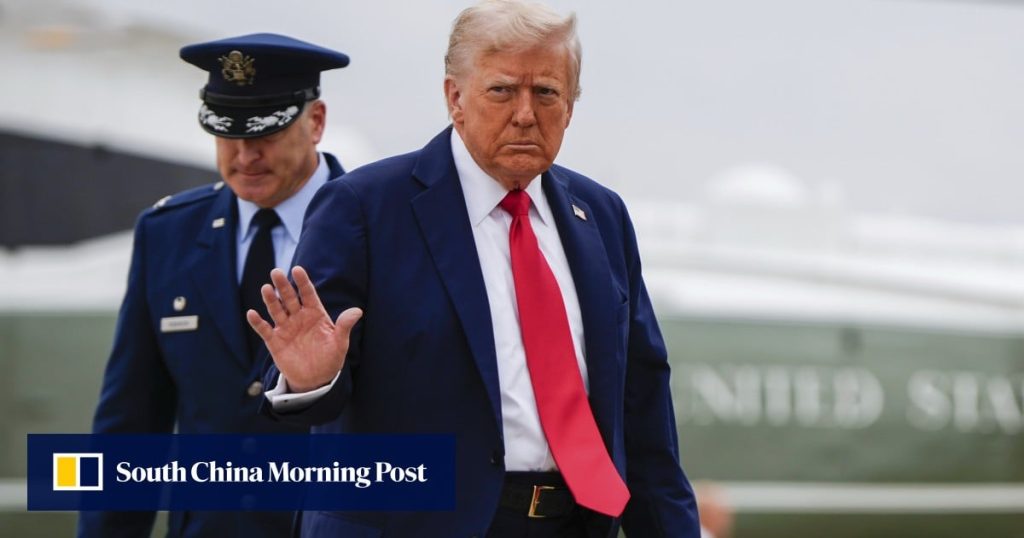When US tariffs slammed shut the doors to one of Malaysia’s most important export markets, menswear designer Bon Zainal Harun didn’t flinch.
His answer to Washington’s volley of levies was as sharp as the suits he makes: “Hustle.”
Until recently, Zainal exported his bespoke suits and formalwear to the United States, but the 19 per cent tariff imposed by US President Donald Trump this summer has now largely walled off that market.
“The price increase may disrupt business,” he told This Week in Asia. “We just have to hustle and stay relevant.”

The White House’s tariffs continue to ricochet through global markets, unsettling supply chains and shredding growth forecasts across Asia. Yet as the initial shock fades, Southeast Asia’s small and medium-sized enterprises are regrouping and reluctantly preparing for a long-term future with less dependence on America.
For many, that means turning inward: finding new markets closer to home, tightening margins and limiting exposure to tariffs.


